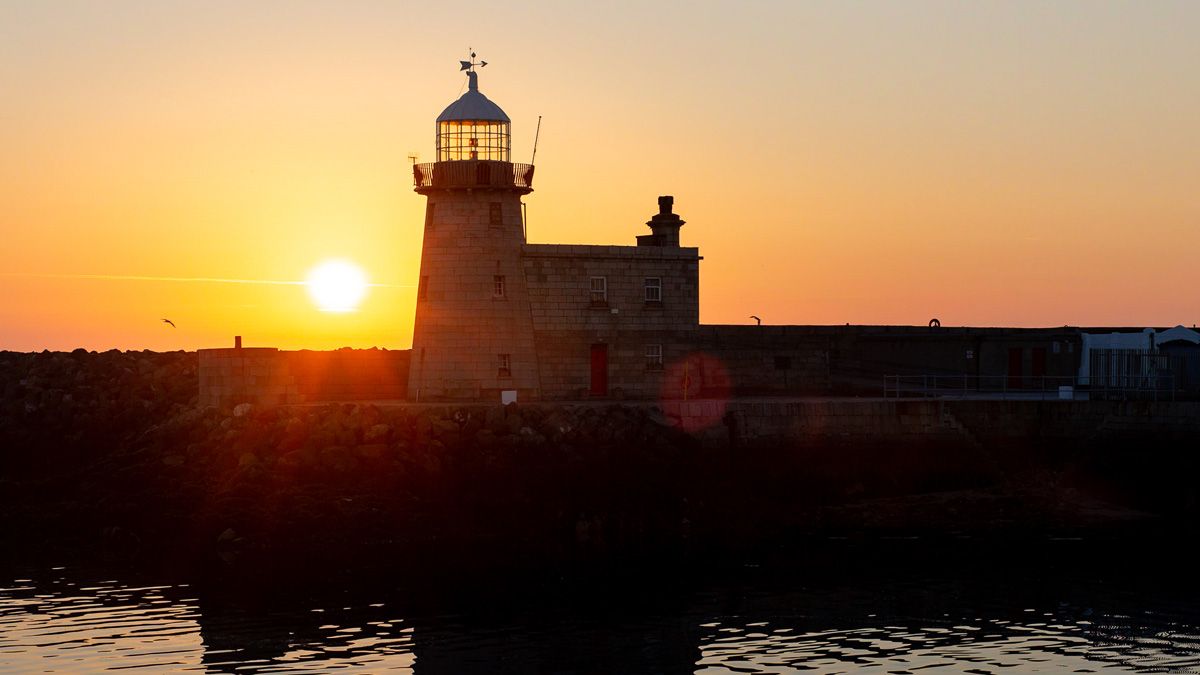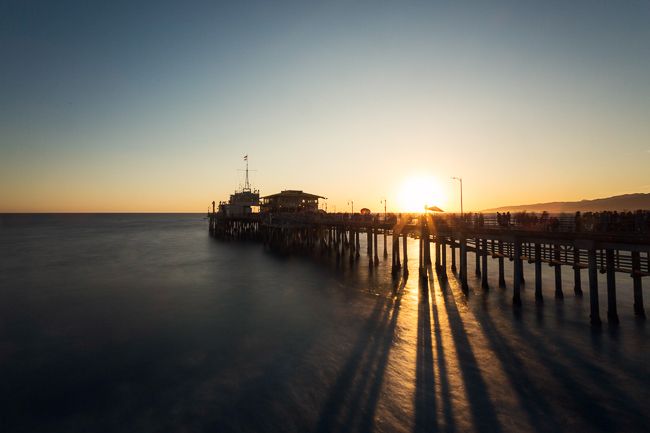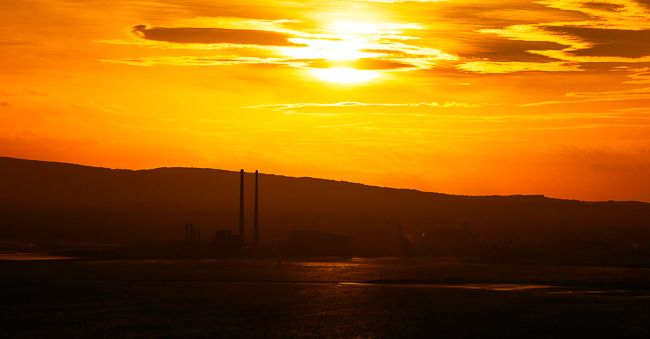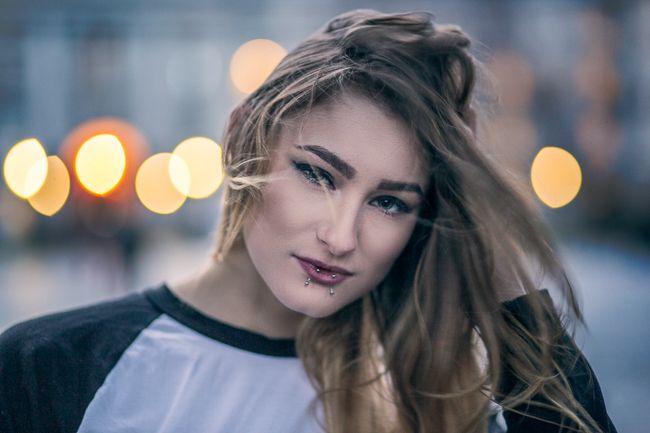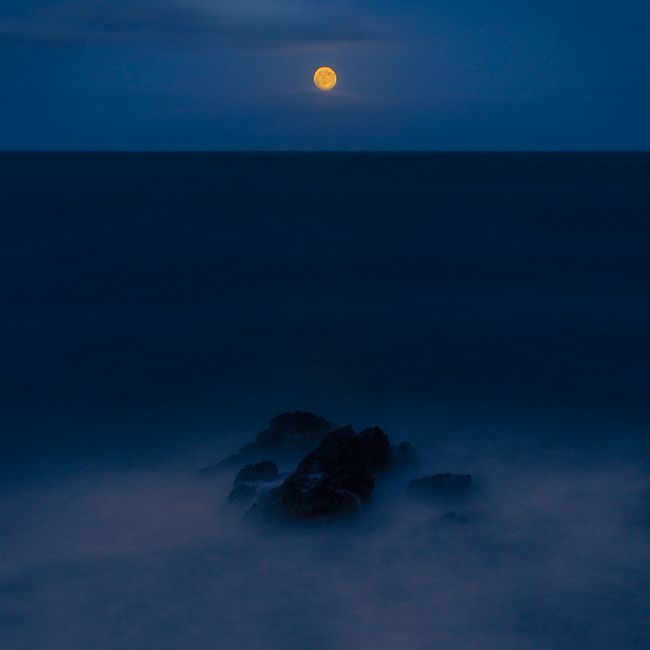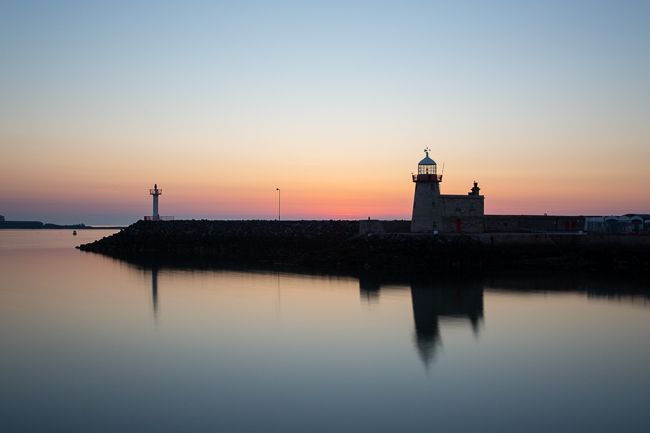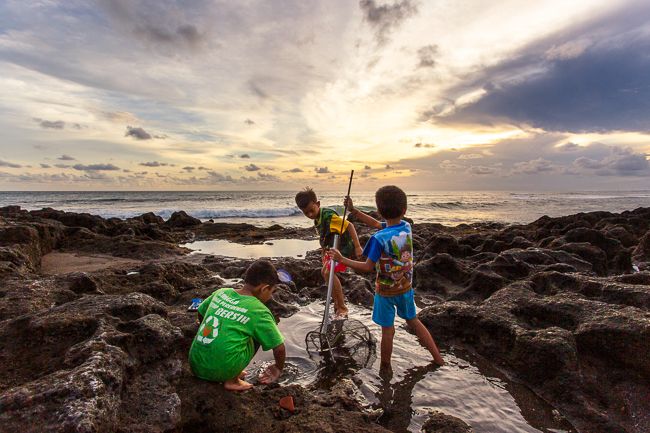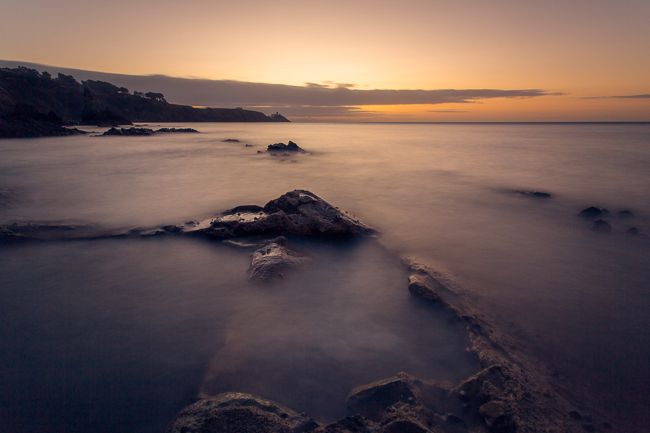Quick Links
You have heard photographers use the phrases "golden hour" or "blue hour" when discussing photography. So what and when are these hours, and how can you use them to take better photos? Let's take a look.
When Do Golden Hour and Blue Hour Happen?
The golden hours are the periods of time just after sunrise and just before sunset where the whole sky glows a warm orange, while the blue hours are the periods of time just before sunrise and shortly after sunset where the sun is just below the horizon so the sky is still brightly lit and, if it's clear, a gorgeous blue. They're often considered the best times of day for photography. Let me explain why.
First, though, it's important to note that the golden and blue hours don't actually last an hour. They're dependant on how far the sun is above or below the horizon. At the equator, a "golden hour" can be as short as 20 minutes, while in the far north or south, at certain times of the year the "golden hour" can last the entire four or five hours of daylight.
Similarly, the golden and blue hours are both pretty weather dependant. If it's an overcast day, the sky will just go from gray to grayer as the sun sets (and grayer to gray as it rises). Or if there are absolutely no clouds in the sky, there might be a faint orange tint to things, but you won't get that all-encompassing incredible light of a slightly cloudy sunset.
What Makes the Golden Hour So Special?
The golden hour is often called the "magic hour" by cinematographers, and they're not wrong.
As the sun gets closer to the horizon, its light hits the Earth at an angle. This means the light has to pass through more atmosphere which scatters a lot of the blue light and leaves what remains orange or red in color when it reaches our eyes or cameras.
While the beautiful orange glow is part of what makes golden hour so good for taking photos, it's not the only thing. The overall reduction in light means that there's less dynamic range---the difference between the darkest and brightest parts of a scene---which makes it easier for cameras to capture well-exposed photos without crushing your shadows or blowing your highlights. You'll seldom have to resort to techniques like HDR photography or fill flash just to get a useable photo.
And, because the sun's light is so deflected and dispersed, it gets a lot softer. This means you'll get more even lighting and less harsh shadows, which makes it especially flattering for portraits.
Also, from a compositional point of view, the natural light level more closely matches that of man-made light sources like street lights, car lights, windows, and the like. This means that you can more easily include them in your images without having to account for the dramatic differences in brightness.
What Makes the Blue Hour So Special?
The blue hour gets less attention than the golden hour, but it's no less good for photography.
Once the sun is below the horizon, all that orange light that made the golden hour so special gets shot right back out into space. This means the sky---and the scene you're photographing---is lit by the reflected and scattered blue light in the atmosphere.
Since there's no direct light source, blue hour lighting is incredibly soft. This means everything will be evenly lit with almost no shadows to worry about---or detract from your photos. It can lead to incredibly tranquil, even otherworldly, images.
How to Get Better Golden and Blue Hours Photos
While the golden and blue hours happen at predictable times of the day, they're still somewhat unpredictable. Some evenings, you might get an incredible golden hour, but the next day it will be cloudy and dark.
Also, even when the light is good, it changes quickly. In most cases, the golden hour will only last around 30 minutes before the sun sets. This means that the light levels are going to change from minute to minute. To get great evening photographs, you need to keep all this in mind.
With that said, the golden and blue hours are some of the easiest times of the day to take great photos. The light is almost working with you. You rarely have to do anything wild to get a photo to work. While you can just show up and point your camera around, it's a better idea to:
- Have a plan: If you've only got a few minutes where the light is right for the shot you want to take, you shouldn't be faffing around trying to find the right composition. Instead, go in with a plan. Scope out the location a day or two beforehand, decide where you need to stand and what lens you want to use, then on the day you can focus on getting the shot.
- Arrive early: Taking photos when you're under pressure for time isn't fun. It just turns what's meant to be a hobby into something that feels like work. Even if you've planned your shot perfectly, arrive 30 minutes or so before the golden hour is due to start. This will give you the opportunity to scope things out if you haven't been there before, get set up, and enjoy your shoot.
- Work fast: With all that said, you still need to work quickly to make the most of the light. You should know how to change all the settings on your camera, have any lenses you want ready to go, and generally be prepared to get things done.
- Think low light: While the start of the golden hour is quite bright, by the time the sun sets and you're into the blue hour, the light levels will have dropped off a lot. If you're taking landscape photographs, bring a tripod. If you're shooting portraits, use a wide-aperture lens and aperture priority mode. Also, don't be afraid to bump your ISO up as things go on.
- Edit your images: While the natural light around sunrise and sunset might look great in your photos straight out of camera, you can make them look even better with a little bit of editing. You don't need to do much more than tweak the color and contrast, but it's always worth doing.
- Keep trying: The golden and blue hours can totally change the nature of a place. If you can, regularly go back to any great nearby photo locations during the early morning or evening. Some days it will be a dud, but sometimes you'll get the photo opportunity of a lifetime.

